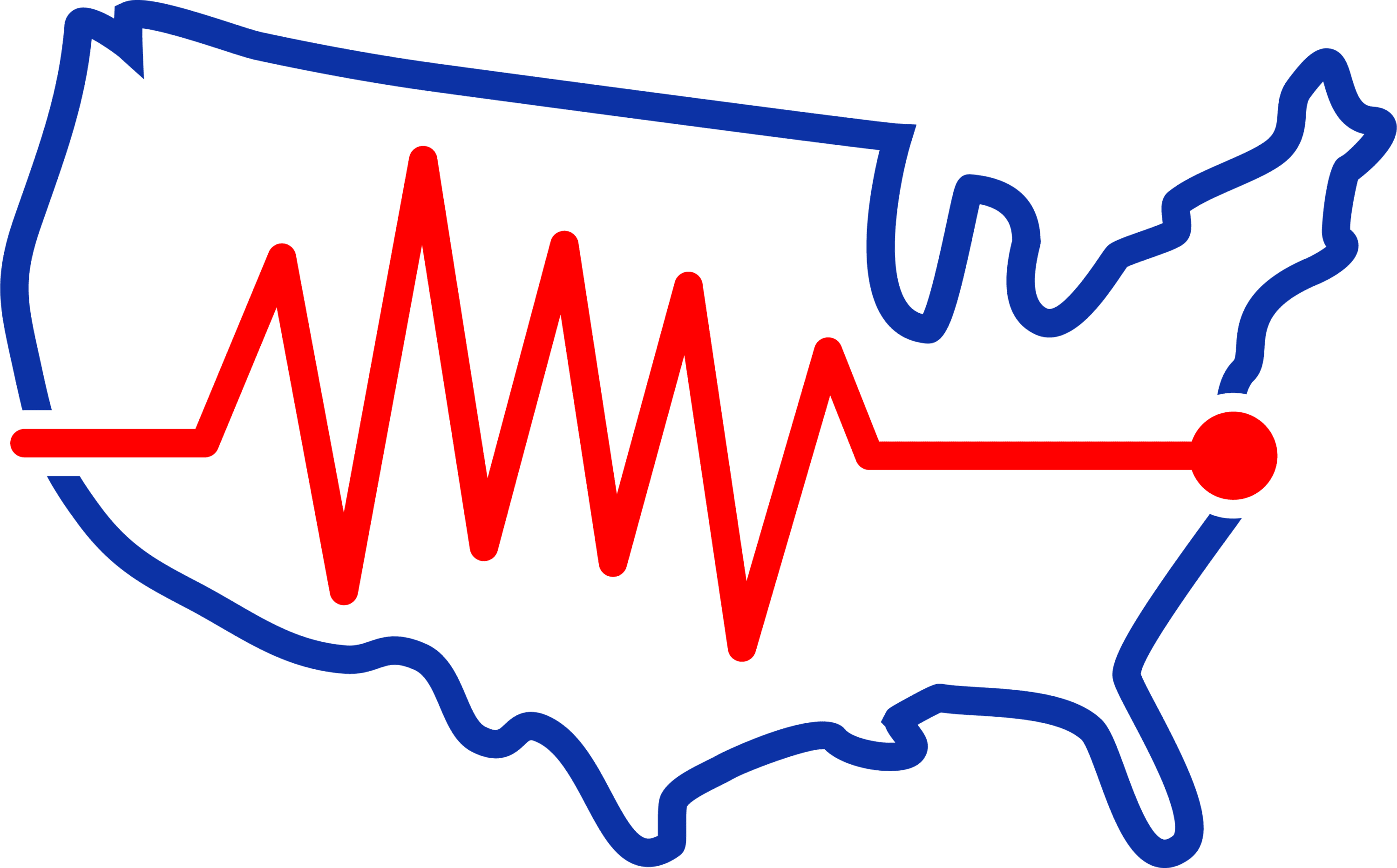Cleve Backster, an American interrogation specialist, gained considerable fame and controversy for his pioneering work in polygraph (lie detector) technology and his subsequent research into what he termed “primary perception,” involving plants and other living cells. This article delves into his life, career, and the intriguing yet contentious realm of his research, which has left an indelible mark on both scientific inquiry and popular culture.
Early Life and Career
Cleve Backster was born on February 27, 1924, in Lafayette, New Jersey. His initial foray into the world of lie detection began in the mid-20th century, after serving in the U.S. Navy during World War II. Backster’s interest in the polygraph was piqued during his tenure with the CIA, where he became the agency’s chief polygraph operator and later established his own School of Lie Detection in San Diego, California.
Contributions to Polygraphy
Backster’s contributions to the field of polygraphy were significant. He developed the “Backster Zone Comparison Technique,” a method that improved the accuracy of lie detection by comparing physiological responses to relevant and control questions. This technique is still one of the foundational methodologies used in polygraph examinations today.
Primary Perception and Plant Research
In the late 1960s, Backster’s career took a dramatic and unconventional turn when he began conducting experiments on plants, suggesting they could detect human emotions and intentions. On a whim, he attached polygraph electrodes to a Dracaena plant in his office to see if it would exhibit a stress response when he threatened it with harm. To his astonishment, the plant displayed a reaction on the polygraph machine that Backster interpreted as akin to fear or stress.
This incident led Backster to further experiment with plant communication, eventually expanding his research to include human cells. He claimed that cells taken from a person’s mouth would react to the donor’s emotional changes, even when physically separated by great distances, suggesting some form of cellular consciousness or communication beyond conventional understanding.
Reception and Criticism
Backster’s work on primary perception garnered both interest and skepticism. His plant research was featured in the best-selling book “The Secret Life of Plants” by Peter Tompkins and Christopher Bird, which helped popularize his theories among the general public. However, his experiments were difficult to replicate, and many in the scientific community criticized his methodology and conclusions, citing a lack of rigorous scientific controls and the anthropomorphic interpretation of data.
Legacy
Despite the controversy, Cleve Backster remains a fascinating figure in the annals of unconventional research. He passed away on June 24, 2013, but his work continues to inspire those interested in the boundaries of consciousness and the interconnectedness of life. While mainstream science remains largely skeptical of Backster’s claims regarding primary perception, his pioneering work in polygraphy and his foray into the uncharted territories of plant and cellular communication continue to provoke thought, debate, and further research.
In conclusion, Cleve Backster’s life and work encapsulate the spirit of inquiry and the willingness to explore beyond the conventional boundaries of science. While his findings on primary perception remain disputed, his impact on polygraph technology and his contribution to the dialogue on consciousness and inter-species communication endure, making him a perennially intriguing figure in both scientific and popular discourse.

